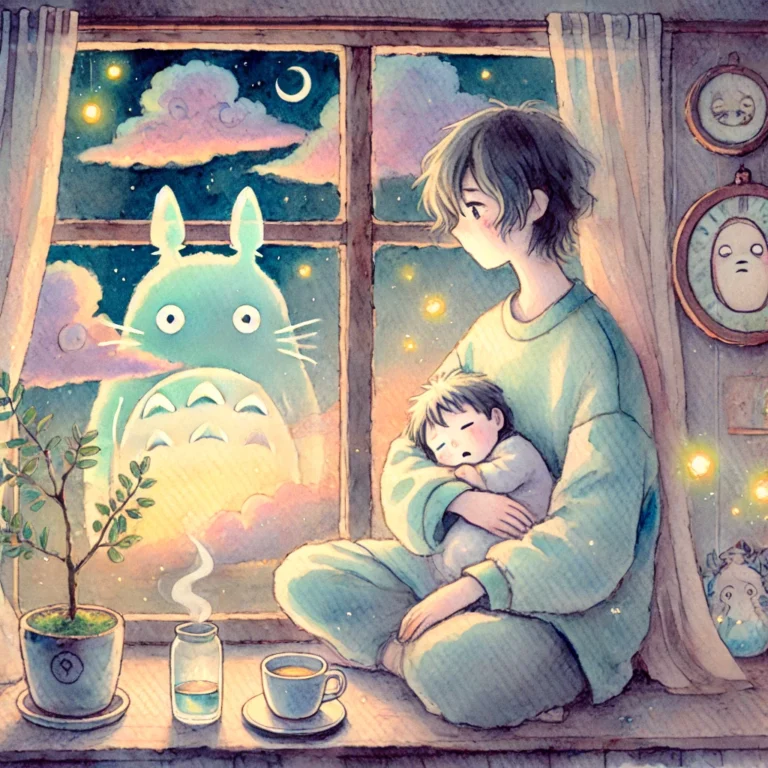What are the phases of grief ?
1. Denial – A protective shock response (“This can’t be real”) that buffers the initial pain.
2. Anger – Frustration and helplessness surface, often directed outward (“Why me? This isn’t fair!”).
3. Bargaining – Attempts to regain control through “if only” thoughts (“If I’d done X, maybe this wouldn’t have happened”).
4. Depression – Deep sadness and withdrawal as the loss feels unavoidable (“What’s the point?”).
5. Acceptance – Adjusting to reality (not “being okay” but no longer resisting it).
Remember:Grief doesn’t follow a straightforward path; its phases can overlap, occur simultaneously, or appear in a random order. Each person’s experience is unique, with some moving through it quickly while others may find it takes much longer.
How do you know You’re at Anger ?

Anger is the emotion that comes when we don’t accept a reality that has already happened. The Anger phase of Grief specifically is when we don’t accept that someone is gone. We try to fight that fact, deep down, we’re trying to change it into what we expected to happen. Your mother passed away at a young age, while you expected her to stay alive for a long time.
Your partner turns out to be a jerk, while you always thought he was the man of your dreams. When we face these unwanted facts, we often deny them at first. We continue living like we didn’t see that truth and everything’s okay.
Anger happens when that truth starts threatening our imaginary ideal life that we have inside our heads. It’s like believing a fish can turn into an elephant, and you try all the ways to make that happen, but it doesn’t. That’s when you start having Rage against that fact. To make this emotion simpler, anger is the fight between your beliefs and what reality is.
Few Steps to overcome anger without being numb, and to reach peace faster
First, I want to tell you that I can hear your pain as you are reading this article, and I’m so sorry. Anger is a normal part of grief, and it’s also natural to want to reach acceptance, especially when the anger is intense and overwhelming. Grief doesn’t adhere to a set timeline, but there are ways to manage your anger and promote healing. Here are some suggestions that may be helpful:
1. Acknowledge the Anger (Don’t Suppress It)
Anger in grief often masks deeper emotions like helplessness, fear, or profound sadness. Try to name what’s beneath the anger (e.g., “I’m furious because this is unfair,” or “I’m angry because I feel powerless”).
Write it down, scream into a pillow, or express it physically (e.g., punching a cushion, intense exercise). Suppressing it can prolong the pain.
2. Challenge the “Shoulds”
Anger often comes with thoughts like, “This shouldn’t have happened!” While true, fighting reality can keep you stuck. Try gently acknowledging: “This happened, and I hate it, but resisting it won’t undo it.”
This isn’t about approval—it’s about reducing the extra suffering caused by denial.
3. Find a Safe Outlet
Create a “rage ritual”: Burn a letter expressing your anger, blast angry music and dance, or scribble violently on paper and tear it up.
If your anger is directed at a person, write an unfiltered letter (don’t send it)—this helps release the emotion.
4. Redirect the Energy
Anger is energy. Use it for something constructive: Advocate for a cause related to your loss, clean/organize a space, or channel it into creativity (art, music, writing).
5. Practice Self-Compassion
Tell yourself: “It makes sense that I’m angry. This hurts, and I’m doing my best.” Guilt about being angry adds more layers to the pain.
Try a grounding technique: Place a hand on your heart and say, “This is really hard, but I’m not alone.”
6. Seek Small Moments of Relief
Anger can feel all-consuming. Create tiny oases of calm: A 5-minute walk outside, a funny video, or a warm bath. These don’t negate your grief—they give you respite.
7. Consider the “And”
You can be angry and open to acceptance in small ways. Example: “I’m furious this happened, AND I’m going to try to eat a meal today.” This helps avoid emotional gridlock.
8. Look for the “Gift” in Anger
Anger often protects us from deeper vulnerability. Ask yourself: “What is this anger shielding me from feeling right now?” Letting those softer emotions surface can accelerate healing.
9. Talk to Someone Who Won’t Judge
Share your anger with a trusted friend, therapist, or support group. Being heard without criticism can help the emotion feel less “stuck.”
10. Watch for Signs of Acceptance
Acceptance isn’t about being “okay” with what happened—it’s about no longer fighting reality. It might show up as: A moment where you sigh and think, “This is my life now.”
Less tension in your body when remembering the loss.
Allowing yourself to enjoy something small without guilt.
Common Anger Amplifiers
Sleep Deprivation
Why: Poor sleep disrupts emotional regulation, heightens stress hormones (like cortisol), and shrinks your tolerance for frustration.
Fix: Prioritize rest even if you can’t sleep well. Try: A calming bedtime routine (e.g., warm tea, no screens 1 hour before bed).
Short naps (20 mins) if nighttime sleep is broken.
Sleep meditations (YouTube/Spotify) or white noise.
Hunger/Dehydration
Why: Low blood sugar and dehydration trigger irritability and impulsive reactions.
Fix: Eat small, frequent meals (protein + complex carbs). Keep water nearby.
Caffeine/Alcohol
Why: Caffeine can heighten anxiety and agitation; alcohol depresses mood long-term.
Fix: Reduce intake or switch to herbal tea/mocktails.
Isolation
Why: Being alone with angry thoughts can make them loop louder.
Fix: Even brief social contact (a text, a quick call) can disrupt the spiral.
Physical Pain or Illness
Why: Discomfort lowers your emotional threshold. Grief also manifests physically (tight chest, headaches).
Fix: Gentle movement (stretching, walking), pain relief, or a warm shower.
Unprocessed Trauma
Why: If the loss was sudden/violent, or if past trauma is triggered, anger can feel explosive.
Fix: Trauma-focused therapy (EMDR, somatic therapy) can help.
Environmental Triggers
Why: Clutter, noise, or reminders of the loss (photos, smells) can spike anger.
Fix: Temporarily remove triggers or create a “calm corner” with soothing items (soft blanket, calming scents).
How to “Turn Down the Volume” on Anger
HALT: Ask: Am I Hungry, Anxious, Lonely, or Tired? Address those first.
Delay Reacting: If anger feels explosive, say: “I’ll wait 10 minutes before responding.” Often, the peak intensity passes.
Cool the Body: Anger lives in the body. Try:
Splashing cold water on your face.
Holding an ice cube in your hand until it melts.
Vigorous exercise (running, jumping jacks).
Reality-Check Thoughts: Anger often comes with extreme thoughts (“Everything is ruined!”). Ask:
“Is this 100% true? What’s a tiny counter-example?”
A Note on Patience:
Grief isn’t linear. Some days anger will resurface, and that’s normal. But by meeting it with curiosity and kindness (instead of frustration that it’s still there), you’ll naturally move through it faster.
You’re already doing courageous work by wanting to heal. Trust that your anger is part of the process, not a roadblock.
Would you feel comfortable sharing more about what’s causing your grief? I’m here to listen.






